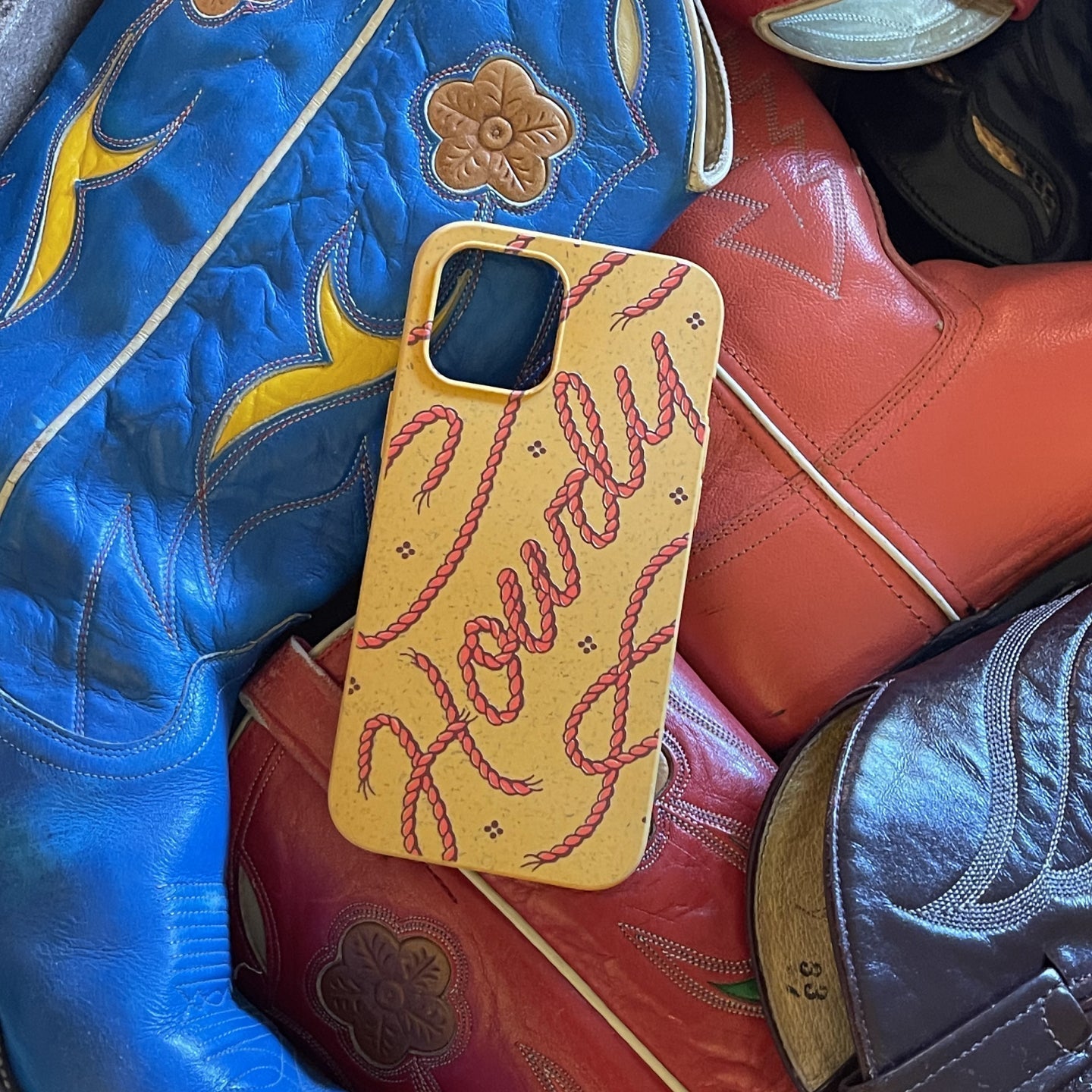By, Ross Reid
Ross Reid, the 'nerd' behind Nerdy About Nature mission to inspire folks from all over Cascadia and beyond to get out and explore this world we all call home, regardless of their race, gender, sex, colour, creed, species or domain, through creating fun, engaging and informative content.

The Construct of Trash
In the modern world of today, never before has humankind been so connected to each other, technology, or current trends, while being so fundamentally disconnected to the world we live in and the systems that sustain us. While many daunting environmental issues challenge us across the globe daily, with coming to grips with climate change being one of the more consistent and existential of these issues, the answer to finding a progressive ‘solution’ may not be as far away as we think….and perhaps changing the way we think is the first step to it all.

Trash, for example, is an interesting concept because when we hear the word, we’re immediately programmed to have certain images in our heads - maybe a candy wrapper, a crushed pop-can on the side of the road, or hills of garbage stacked high into the horizon at a landfill. We think of something unnecessary, unwanted, discarded, and in many cases these days, something that will last here on earth for a very long time, perhaps even ‘forever’ as it relates to the incredibly short timeline of our society. Yet ‘trash’ is a construct - it is an idea or concept that has been entirely made up by us humans that describes something that is unwanted or serves no purpose to us, whereas in nature there is no such thing as trash. In nature, everything has a place, and one organism's trash is another’s treasure, forming the basis of all the various elemental cycles of life on this planet.
Let’s look at a forest for example - trees get their energy from photosynthesis, a process that occurs in their leaves by using water, carbon dioxide, and sunlight to create carbohydrates and oxygen. Right from the get go we can see that their trash (oxygen) is something that we desperately need to survive in every literal breath we take, and when we breathe out, our trash (carbon dioxide) is something they need to live! And when deciduous trees no longer need their leaves in the winter, they drop them to the ground, essentially discarding them as what we would consider to be ‘trash’. Down on the forest floor, they serve an entirely new purpose as insects and fungi break down these leaves into smaller and smaller pieces. Certain critters eat the softer parts of the leaf while others eat the sturdier stalks and veins, and there are even whole groups of species that specialize purely on eating the waste from these different insects! Breaking down all of these leaves transforms all of those elements - the carbon, the nitrogen, the phosphorus, etc - into different forms which eventually creates soil that plants take root in so that they can grow to create more leaves as well as berries and fruits that feed the forest as a whole, from the birds to squirrels and bears. Each one of these critters uses those resources to get energy and thrive, eventually leaving it as their own form of trash in the forest (ie, poop), which more insects and fungi break down once again to return those nutrients to the cycle of life in a forest. So when one organism is done using a resource in whatever capacity serves their interest, they discard it, but there is always another organism willing and able to use that waste in a new way that serves their purpose and ultimately helps to create a healthy, functioning and thriving ecosystem that supports all the organisms that call it home.

With human trash, we’ve gotten into a bit of a precarious place in the last 100 years or so with the advent of resources that don’t biodegrade back into these ecosystems quite as easily. Materials like heavy metals in our electronics to all sorts of plastics from the polypropylene that creates rigid water bottles to the polyester in your favorite pair of leggings, are all made processes that condense elements into a form that cannot be readily broken down by any organisms on earth and as a result, they exist basically forever when compared to our relatively short 70 year lifespans. This creates several problems, as these items sit in landfills, or alongside the roadways, or in the woods, or wherever they’ve been discarded to collect and build up overtime, often slowly leaching chemicals or carcinogens into the waterways and soils that negatively affects everything on this planet, from the insects to critters and the plants they (and we) all eat.
Yet human trash wasn’t always like this! Over 100 years ago there was no plastic, heavy metals, or things that we commonly regard as trash today because the things we used and created were all derived from the natural world and as a result, they biodegraded easily within those natural systems. While it is totally possible to return to a state in which the things we use can still work in tandem with these natural systems, doing so on a larger scale is going to require us breaking down and coming to grips with yet another construct we’ve created, that which we all commonly refer to as ‘nature’.
That’s right, ‘nature’ itself is a construct created by us humans which separates our world, the human-world, from the natural one, or the one of plants, animals, beasts and wilderness. When we think of ‘nature’, we often think of a rugged mountain expanse, a jungle, or maybe just our garden outside, but whatever it is, it’s not you or I, and it’s never indoors, right? Yet the chair you sit on as you read this is likely made from wood, or metal or even plastic, all of which is derived from things in this world outside of you and I and are thus part of nature, as is the table in your kitchen, the floor under your feet and the clothes on your back. Nature is a part of every aspect of our life and as such, we are inherently a part of nature.

For whatever reason (perhaps a deliberate moral dissonance) our modern world today teaches us that we are humans, this is our world, and everything else outside of it is nature and therefore lesser or not as important. Yet the word ‘nature’ actually derives from the latin natura which translates to ‘essential qualities, innate disposition’ and in ancient times, ‘birth’ - that is to say that we, humans, are birthed from nature and thus we are no different from all the other animals and life that inhabits the earth. Coming to terms with this idea that we are actually still a part of nature and not apart from it is a reckoning I believe that we as a society need to come to terms with because with that understanding, we suddenly have a greater sense of belonging and responsibility to this world and the ecosystems that sustain all life, ours included. With that sense of belonging, we then have a greater capability to act in ways that preserve and enhance that connection instead of actively seeking distractions from it.
Embracing this reality is something that we, as both a society and a species, will need to do in the face of climate change if we really hope to adapt, evolve and continue being a part of the fabric of life here on this planet. We need to let go of our ego and accept our role as a sibling, not a ruler, to all other life on this planet so that we can collectively transition to a world in which we no longer create trash that destroys ecosystems, one where we actively embrace our connection to the world we call home to live symbiotically amongst it, as a part of it.
To learn more, follow Nerdy About Nature on Instagram @nerdyaboutnature.



